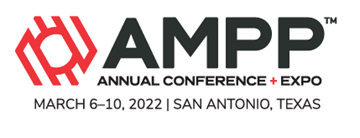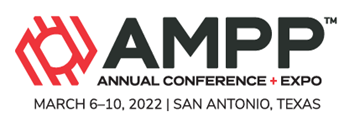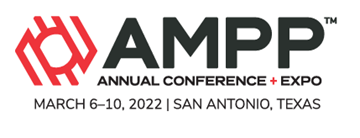Search
Wide range of buffering capasity of HLP solution for long term HIC testing under mildly sour condition
Also Purchased
Wireless UT Sensors For Structural Health Monitoring & Remote Operations In A Post COVID19 World
Product Number:
51322-17523-SG
Publication Date:
2022
$20.00
Why Voltage Matters For High Voltage Holiday Testing On Steel
Product Number:
51322-17662-SG
Publication Date:
2022
$20.00
Why Are Glutaraldehyde/Quaternary Ammonium Biocides So Common In The Oil And Gas Industry?
Product Number:
51322-17640-SG
Publication Date:
2022
$20.00




